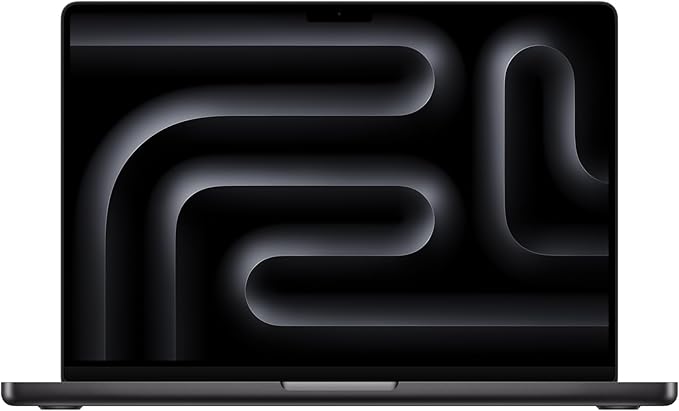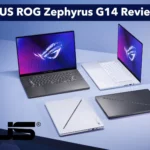If you work with EPLAN Electric P8, you already know it’s not the kind of software you run on a casual office laptop. Designing electrical schematics, cabinet layouts, and plant wiring takes more than just “any” computer — you need a machine that’s fast, reliable, and built to handle heavy workloads without slowing you down.
In this guide, we’ll cut through the marketing fluff and show you the best laptops for EPLAN Electric P8 in 2025. Every recommendation is based on real-world engineering needs: strong single-core performance, enough memory for large projects, fast storage for smooth navigation, and the right display for detailed diagrams. We’ll also include pros and cons for each model, along with practical buying tips so you can choose the laptop that fits your workflow.
See also: Best Laptops for Electrical Engineering Students
What to Look for in a Laptop for EPLAN Electric P8
Before jumping into the list, here are the key specs that matter most for running EPLAN smoothly:
- Processor (CPU): Go for a high-performance Intel Core i7/i9 or AMD Ryzen 7/9 with strong single-thread speed. EPLAN benefits from high clock speeds, so H-series or HX-series chips are ideal.
- Memory (RAM): 16 GB is the bare minimum, but 32 GB is highly recommended for complex projects or multitasking with other engineering software.
- Storage: NVMe SSD is a must. Aim for 1 TB or more if you store large libraries and project files locally.
- Graphics (GPU): EPLAN doesn’t require a monster GPU, but a dedicated NVIDIA RTX card helps with 3D cabinet visualization and smooth rendering.
- Display: A 15–16 inch high-resolution screen (1920×1200 or higher) makes schematics easier to read and navigate.
- Operating System: Windows 10/11 Pro for maximum compatibility.
Top Laptops for EPLAN Electric P8 in 2025
Here’s a quick comparison table for an at-a-glance overview:
| Laptop | CPU | GPU | RAM | Storage | Display | Best For |
|---|---|---|---|---|---|---|
| HP ZBook Fury 16 G11 | Intel i9-14900HX | NVIDIA RTX 3500/4000 Ada | Up to 64 GB | Up to 3 TB | 16″ WUXGA/WQUXGA | Heavy CAD & multitasking |
| Lenovo ThinkPad P1 Gen 6 | Intel i7/i9 13th Gen | NVIDIA RTX Pro/GeForce | Up to 64 GB | Dual NVMe | 16″ 3.2K/4K | Portability + reliability |
| ASUS ProArt Studiobook 16 OLED | Intel i9 13th Gen | RTX 4070 | Up to 64 GB | Dual NVMe | 16″ 3.2K OLED | Color-accurate design work |
| Dell XPS 15 (9530) | Intel i9 13th Gen | RTX 4060 | Up to 64 GB | NVMe Gen4 | 15.6″ 3.5K OLED/4K | Sleek all-rounder |
| Lenovo Legion Pro 7 | Intel i9-14900HX | RTX 4090 | 32–64 GB | Up to 2 TB | 16″ QHD+ | Max performance |
| MSI WS Series | Intel i9 | NVIDIA RTX Studio/Pro | 32–64 GB | NVMe | 15.6″/17.3″ | ISV-certified workstations |
1. HP ZBook Fury 16 G11 – Desktop-Class Power in a Laptop
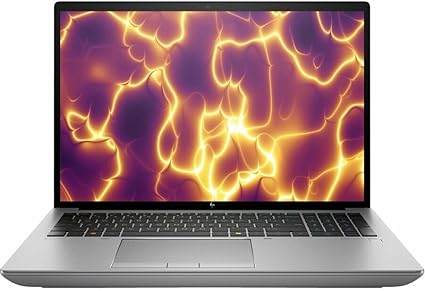
If you’re looking for raw power, the HP ZBook Fury 16 G11 is a beast. With Intel’s i9-14900HX and up to 64 GB RAM, it’s built for engineers who run huge EPLAN projects alongside multiple other applications. The professional NVIDIA RTX Ada graphics ensure smooth 3D cabinet rendering.
Pros:
- Exceptional CPU and GPU performance
- Large RAM and storage options
- ISV-certified for engineering software
Cons:
- Bulky and heavy
- Premium price
2. Lenovo ThinkPad P1 Gen 6 – The Professional’s Portable Choice
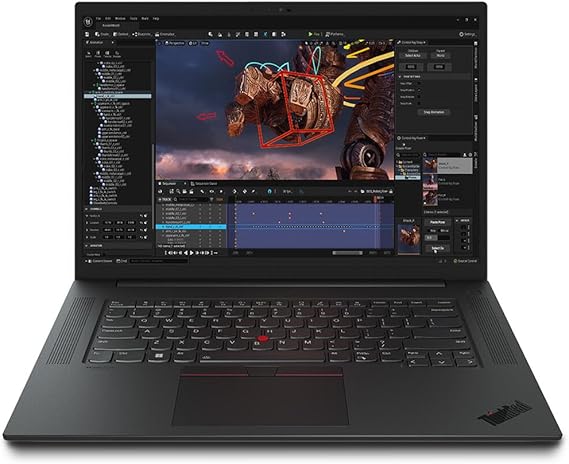
The ThinkPad P1 blends workstation-grade performance with portability. It’s perfect for engineers who need to take their EPLAN projects to client sites or workshops.
Pros:
- Rugged build quality
- Excellent keyboard and trackpad
- Dual NVMe slots for storage expansion
Cons:
- Expensive at top specs
- Some RAM configurations are soldered
3. ASUS ProArt Studiobook 16 OLED – For Engineers Who Also Create
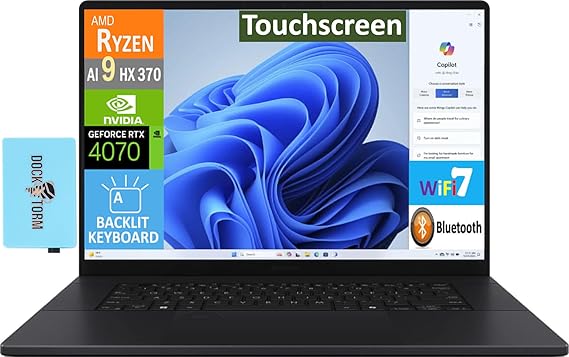
With its stunning 3.2K OLED display, the ProArt Studiobook is perfect if you work on EPLAN and also handle design work, presentations, or documentation. The RTX 4070 ensures smooth graphics performance.
Pros:
- Best-in-class color accuracy
- Powerful CPU/GPU combo
- Dual storage slots
Cons:
- Slightly heavier than ultrabooks
- Battery drains faster under heavy loads
4. Dell XPS 15 (9530) – The Sleek All-Rounder

If you want performance without the bulky look of a workstation, the Dell XPS 15 is the way to go. It’s stylish, portable, and powerful enough for EPLAN’s demands.
Pros:
- Premium build and design
- Excellent display options
- Lightweight for its performance level
Cons:
- Less upgradeable than workstations
- Can run warm under heavy GPU loads
5. Lenovo Legion Pro 7 – Gaming Muscle for Engineering
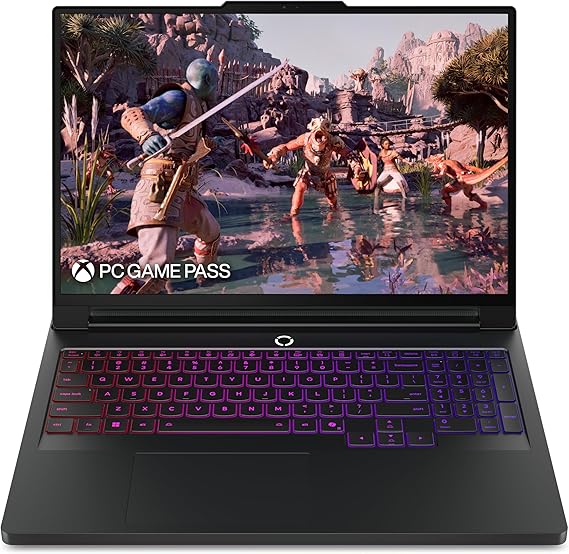
Gaming laptops like the Legion Pro 7 pack serious hardware at a lower cost than many workstations. Its cooling system handles sustained workloads well, making it a solid choice for 3D-heavy EPLAN projects.
Pros:
- Outstanding performance per dollar
- High-refresh display
- Great thermals
Cons:
- Gamer aesthetic isn’t for everyone
- Lower battery life
6. MSI WS Series – ISV-Certified Reliability
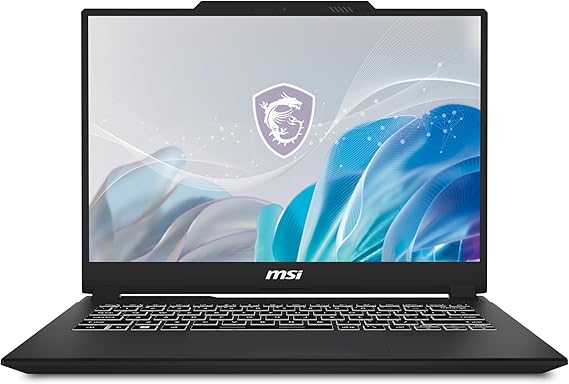
The MSI WS Series is purpose-built for professional applications, with ISV certification ensuring stability and compatibility with EPLAN and other engineering software.
Pros:
- Professional certification
- Multiple form factors
- Strong performance
Cons:
- Some models use older CPUs
- On the heavier side
See also: Best Laptops for PLC Programming
Buying Tips for EPLAN Electric P8 Laptops
- Go for 32 GB RAM if budget allows — it’s the most noticeable upgrade for multitasking.
- Choose 1 TB+ NVMe storage for faster load times and project storage.
- Consider ISV certification if you run a mix of engineering tools.
- Prioritize screen quality if you spend hours viewing schematics.
Final Verdict
- Best Overall: HP ZBook Fury 16 G11 – unmatched power and expandability
- Best Portable Workstation: Lenovo ThinkPad P1 Gen 6 – lightweight yet powerful
- Best for Creators: ASUS ProArt Studiobook 16 OLED – gorgeous OLED display
- Best Value Powerhouse: Lenovo Legion Pro 7 – top-tier specs at a better price
With the right laptop, EPLAN Electric P8 becomes a smooth, frustration-free tool rather than a performance bottleneck. Invest wisely, and your machine will keep up with your projects for years to come.
Frequently Asked Questions
Minimum: modern quad-core CPU, 16 GB RAM, NVMe SSD, Windows 10/11. Recommended: fast H/HX-series i7/i9 or Ryzen 7/9, 32 GB RAM (or 64 GB for heavy projects/VMs), 1 TB+ NVMe, and a dedicated GPU if you use 3D cabinet views. This keeps the UI snappy and file loads fast.
Not usually. EPLAN is CPU/RAM heavy; a GPU helps mainly for 3D cabinet rendering or when you run other CAD tools. A mid-range NVIDIA RTX or mobile Quadro/RTX-A is a safe pick if you occasionally visualize in 3D.
It’ll run small projects, but you’ll feel limits when multitasking or opening big libraries. 32 GB is the practical sweet spot; choose 64 GB only if you run VMs or very large multi-discipline projects.
EPLAN is Windows-centric. You can run it on a Mac only by installing Windows through Boot Camp (Intel Macs) or using a Windows VM — but performance and driver support are better on native Windows laptops.

